Sheldon National Wildlife Refuge
One of the largest wildlife refuges in the contiguous 48 states, it was instrumental in preserving the pronghorn antelope from extinction.
The pronghorn antelope, which is not a true antelope, is unique to North America and is the sole surviving representative of a separate group of ruminants. They were hunted nearly to extinction—it’s estimated that there were only about 14,000 individuals left by 1914. Due to extensive conservation efforts, the species has recovered, with around a million animals alive today.
A major factor in the pronghorn’s recovery was the establishment of dedicated wildlife refuges in the early 20th century. The largest was the Sheldon Antelope Refuge in the northwest corner of Nevada next to the Oregon line. It began with the purchase of 34,000 acres at Last Chance Ranch in 1931. In 1936, President Roosevelt added over 540,000 adjacent acres of Federal lands, with the total acreage combined into a single wildlife refuge. At present, the refuge is managed in conjunction with the smaller Hart Mountain Antelope Refuge in Oregon, which was created at the same time.
The Sheldon Refuge consists of high desert steppe, including tilted tablelands and deep canyons (such as Thousand Creek Gorge, which overlaps the refuge slightly on the east side). It encloses the Virgin Valley opal mines, which were grandfathered in. Virgin Valley is also the site of the current refuge headquarters, as well as the Dufurrena Ponds, which provide waterfowl habitat and are open to fishing with a Nevada license.
The Last Chance Ranch was the original heart of the refuge, and indeed served as the headquarters in the early years. The ranch building is still preserved as a historical site.
Know Before You Go
The only access by paved road is Nevada State Route 140, which traverses the northeastern corner of the Refuge. Several graded county roads (8A, 34, 34A) cross the Refuge roughly east-west, and a network of primitive roads also exists. All the dirt roads, including the county roads, are not maintained for winter travel. Motorized travel is also restricted to existing roads. Off-highway vehicles (ATVs, dirt bikes) can use the dirt roads.
The Refuge headquarters is in Virgin Valley. Go 25.3 miles west of Denio Junction on SR-140 to a well-marked turnoff onto a graded road, and then proceed 1.1 miles.
The largest campground on the Refuge is another 1.3 miles down this road. It has pit toilets, drinking water, and a shower house, plus a swimming pool built by the Civilian Conservation Corps in the 1930s. There is also a fishing pond (McGee Pond) open to children 12 and under without a license.
Elsewhere on the Refuge are a number of primitive campgrounds, with no water but sometimes with vault toilets. A permit is required for camping outside designated campgrounds. Several additional reservoirs occur on the refuge and a few, such as Catnip Reservoir and Big Springs Reservoir, allow fishing with a Nevada license. Many reservoirs go dry seasonally, however, especially in recent years.
The Last Chance Ranch is preserved as a historic site on County Road 34A.
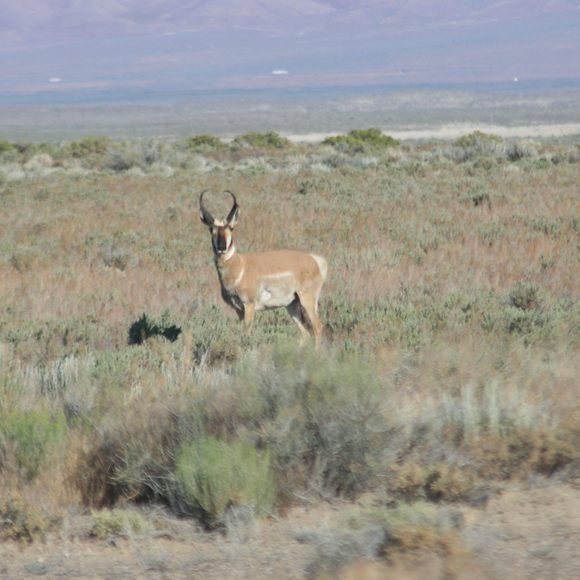




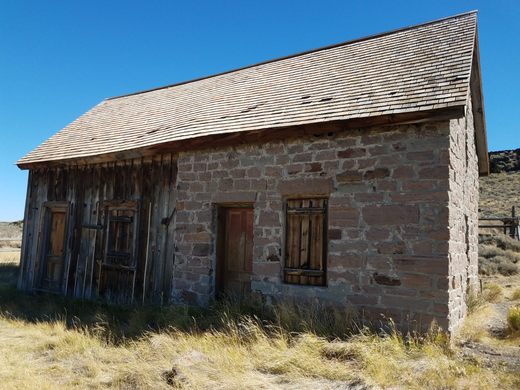
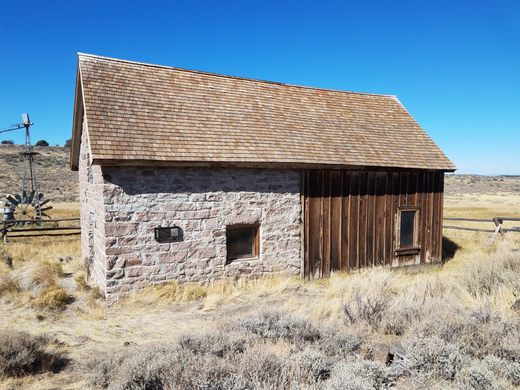
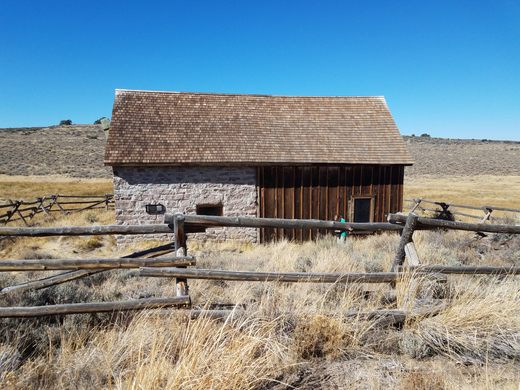


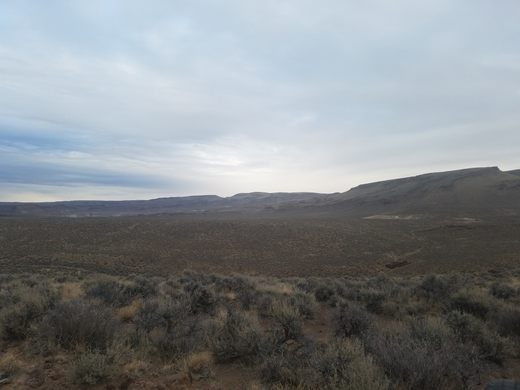
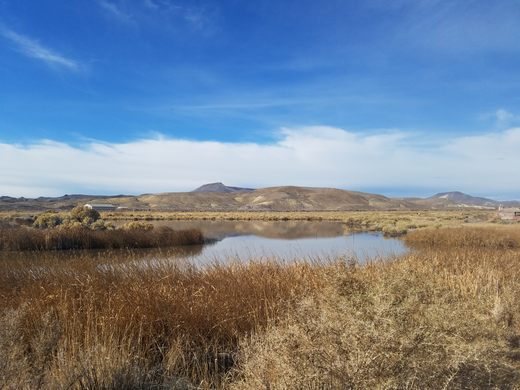
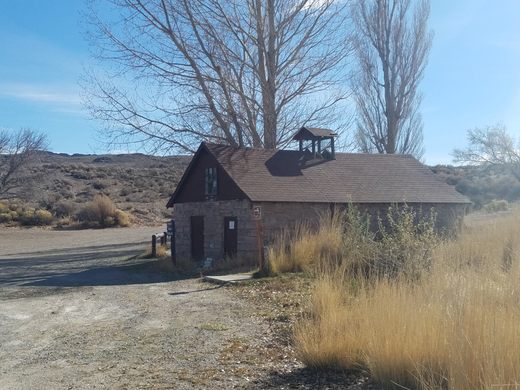
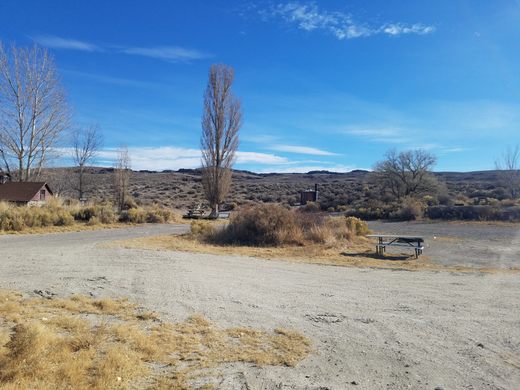










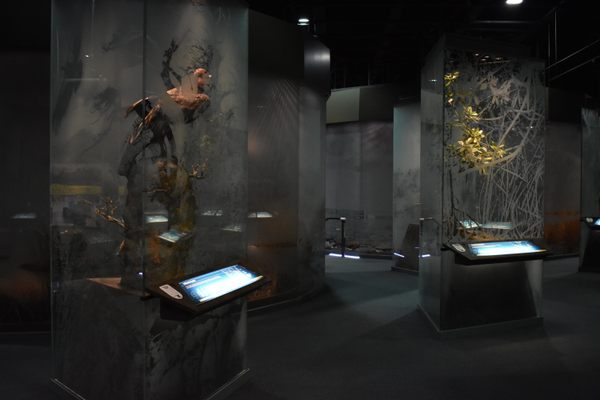

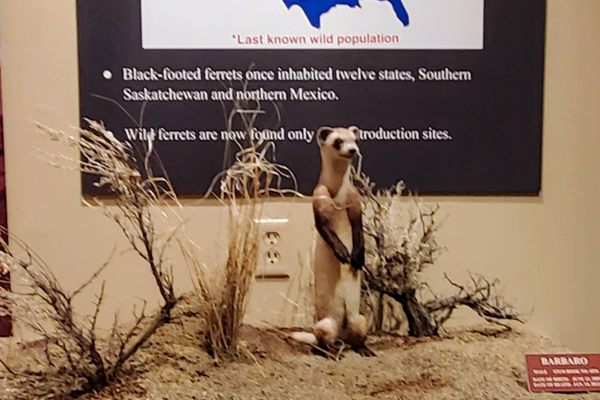


Follow us on Twitter to get the latest on the world's hidden wonders.
Like us on Facebook to get the latest on the world's hidden wonders.
Follow us on Twitter Like us on Facebook